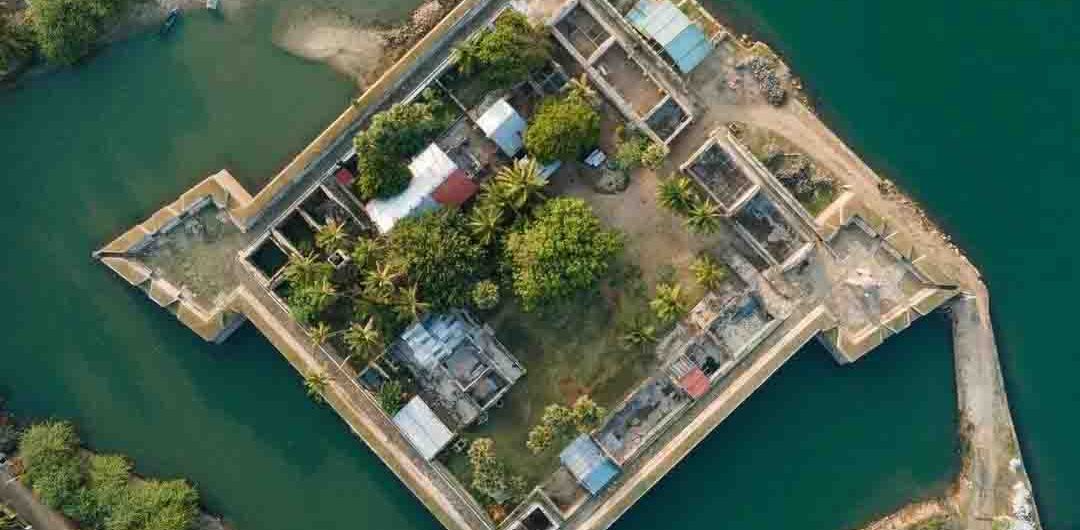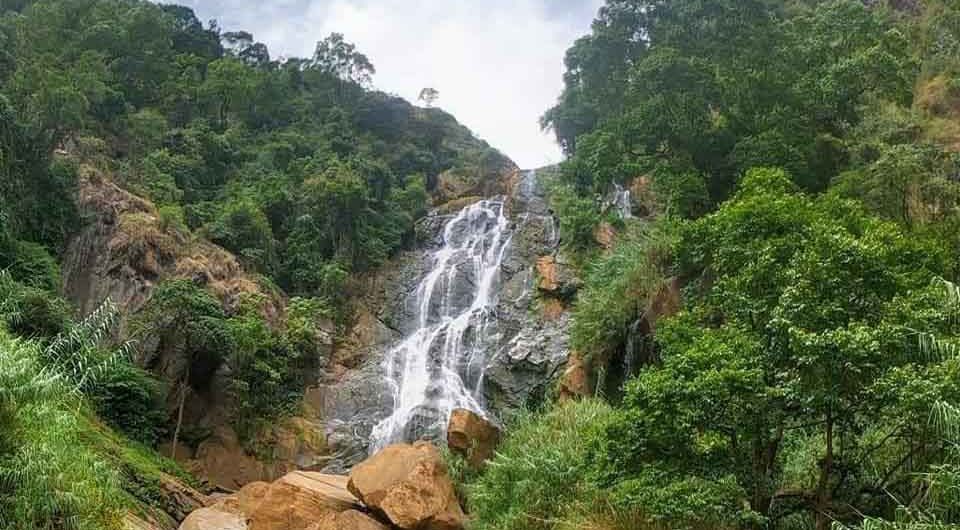Nestled in the southern reaches of Sri Lanka, the Ridiyagama Safari Park emerges as a wildlife haven, captivating visitors with its diverse ecosystems and the enchanting beauty of the island's flora and fauna. Located near the historic town of Hambantota, this safari park unfolds as a testament to Sri Lanka's commitment to wildlife conservation and eco-tourism. A Gateway to Wilderness: Ridiyagama Safari Park, sprawling across acres of natural landscapes, serves as a gateway to the wilderness that defines the southern regions of the island. Opened to the public in 2016, the park swiftly became a prominent destination for those seeking an immersive and ethical safari experience. The Majestic Fauna: One of the key draws of Ridiyagama Safari Park is its impressive array of wildlife. The park is home to a variety of species, both endemic and exotic. Elephants, majestic and gentle giants, roam freely in expansive enclosures, allowing visitors to witness these creatures in a setting that closely mimics their natural habitat. The park also houses a collection of captivating species, including leopards, deer, giraffes, zebras, and many more. Avian Wonders: For bird enthusiasts, Ridiyagama Safari Park is a paradise. The park boasts a vibrant avian population, with numerous species of birds gracing the skies and trees. From colorful parrots to stately peafowls, the air resonates with the melodies of these winged inhabitants. Eco-Friendly Safari Experience: Ridiyagama Safari Park places a strong emphasis on eco-friendly practices, ensuring that the well-being of the animals is prioritized. The park's design incorporates natural features, providing a more holistic and enriching experience for both wildlife and visitors. Safari tours are conducted with the utmost respect for the animals' natural behaviors, allowing guests to observe them in a setting that prioritizes their comfort and freedom. Conservation and Education: Beyond providing
Nestled in the southern reaches of Sri Lanka, the Ridiyagama Safari Park emerges as a wildlife haven, captivating visitors with its diverse ecosystems and the enchanting beauty of the island’s flora and fauna. Located near the historic town of Hambantota, this safari park unfolds as a testament to Sri Lanka’s commitment to wildlife conservation and eco-tourism.
A Gateway to Wilderness:
Ridiyagama Safari Park, sprawling across acres of natural landscapes, serves as a gateway to the wilderness that defines the southern regions of the island. Opened to the public in 2016, the park swiftly became a prominent destination for those seeking an immersive and ethical safari experience.
The Majestic Fauna:
One of the key draws of Ridiyagama Safari Park is its impressive array of wildlife. The park is home to a variety of species, both endemic and exotic. Elephants, majestic and gentle giants, roam freely in expansive enclosures, allowing visitors to witness these creatures in a setting that closely mimics their natural habitat. The park also houses a collection of captivating species, including leopards, deer, giraffes, zebras, and many more.
Avian Wonders:
For bird enthusiasts, Ridiyagama Safari Park is a paradise. The park boasts a vibrant avian population, with numerous species of birds gracing the skies and trees. From colorful parrots to stately peafowls, the air resonates with the melodies of these winged inhabitants.
Eco-Friendly Safari Experience:
Ridiyagama Safari Park places a strong emphasis on eco-friendly practices, ensuring that the well-being of the animals is prioritized. The park’s design incorporates natural features, providing a more holistic and enriching experience for both wildlife and visitors. Safari tours are conducted with the utmost respect for the animals’ natural behaviors, allowing guests to observe them in a setting that prioritizes their comfort and freedom.
Conservation and Education:
Beyond providing a thrilling safari experience, Ridiyagama Safari Park actively engages in conservation efforts and educational programs. Visitors have the opportunity to learn about wildlife conservation, environmental sustainability, and the importance of preserving natural habitats. The park’s initiatives contribute to raising awareness about the delicate balance between humans and the animal kingdom.
Safari Options and Adventure:
Ridiyagama Safari Park offers various safari options, allowing visitors to choose the experience that suits their preferences. Safari jeep rides provide an up-close encounter with the wildlife, while guided tours offer valuable insights into the behaviors and habitats of the park’s inhabitants. The adventure extends beyond the safaris, with walking trails and picnic spots inviting visitors to connect more intimately with nature.
Cultural Integration:
The park seamlessly integrates Sri Lanka’s rich cultural tapestry into the safari experience. The thematic designs of enclosures and the overall park layout often reflect elements of the island’s heritage, providing a unique blend of wildlife exploration and cultural immersion.
Accessibility and Visitor Facilities:
Ridiyagama Safari Park’s strategic location in Hambantota ensures accessibility for both local and international visitors. The park is well-equipped with visitor facilities, including information centers, rest areas, and dining options, enhancing the overall safari experience.
Conclusion:
In essence, Ridiyagama Safari Park stands as a testament to Sri Lanka’s dedication to wildlife conservation and sustainable tourism. It beckons visitors to embark on a journey of discovery, where the thrill of encountering majestic creatures harmonizes with the principles of ethical and eco-friendly tourism. As the sun sets over the picturesque landscapes of the southern horizon, Ridiyagama Safari Park invites all to witness the enchanting beauty of Sri Lanka’s wildlife in a setting that reflects the island’s commitment to preserving its natural treasures.
.
.
(Cover Image Credit: Dilshan Randika from Facebook)










